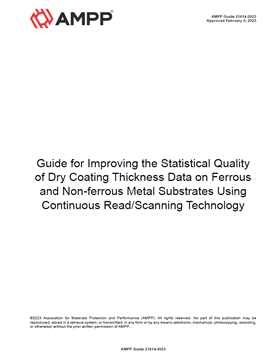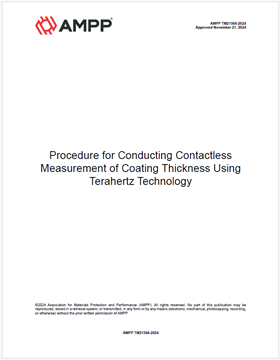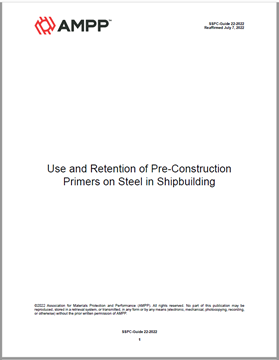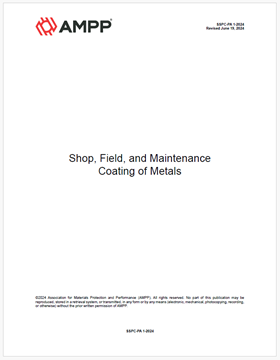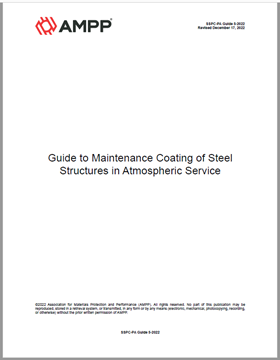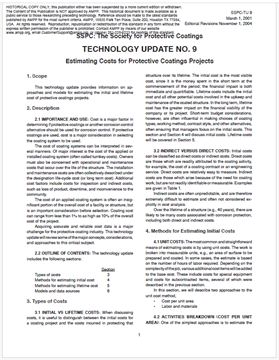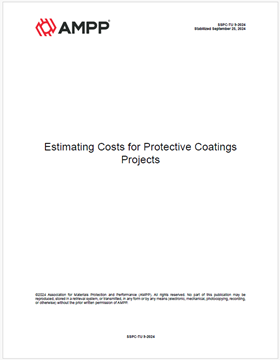Search
Products tagged with 'developed by sc 23'
View as
Sort by
Display
per page
AMPP Guide 21614-2023, Guide for Improving the Statistical Quality of Dry Coating Thickness Data on Ferrous and Non-ferrous Metal Substrates Using Continuous Read/Scanning Technology
Product Number:
AMPP Guide 21614-2023
Publication Date:
2023
$109.00
AMPP TM21566-2024, Procedure for Conducting Contactless Measurement of Coating Thickness Using Terahertz Technology
Product Number:
AMPP TM21566-2024
Publication Date:
2024
$109.00
SSPC-Guide 22-2022, Use and Retention of Pre-Construction Primers on Steel In Shipbuilding
Product Number:
SSPC-Guide 22-2022
Publication Date:
2022
$109.00
SSPC-PA 1-2024, Shop, Field, and Maintenance Coating of Metals
Product Number:
SSPC-PA 1-2024
$109.00
SSPC-PA 2-2018 (French), Procedure for Determining Conformance to Dry Coating Thickness Requirements
Product Number:
SSPC-PA 2-2018 French
Publication Date:
2018
$179.00
SSPC-PA Guide 5-2022, Guide to Maintenance Coating of Steel Structures in Atmospheric Service
Product Number:
SSPC-PA Guide 5-2022
Publication Date:
2022
$109.00
SSPC-TU 9-2004, Estimating Costs for Protective Coatings Projects
Product Number:
SSPC-TU 9-2004
Publication Date:
2004
$179.00
SSPC-TU 9-2024, Estimating Costs for Protective Coatings Projects
Product Number:
SSPC-TU 9-2024
Publication Date:
2024
$109.00

